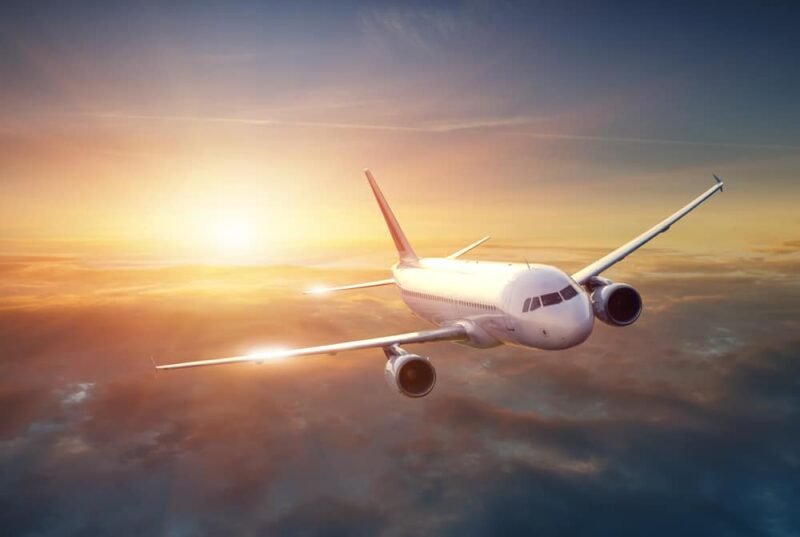Trans-Atlantic air carriers are poised to reduce carbon emissions and reap the benefits of substantial fuel savings on flights across the Atlantic. The decision comes on the heels of an experiment giving air traffic controllers the option of providing pilots with the right to lay their path across skies uncongested due to the impact of COVID on air travel.
For many years, the route between Europe and North America has been one of the busiest. Before the pandemic disrupted business, airlines were making upwards of 1,700 flights a day, all following predetermined and designated paths that were essentially a high-altitude road network.
Reduced traffic between the two continents has allowed air traffic controllers to do away with rules that have been followed for years. U.S. and Canadian controllers are not yet designating any specific routes when traffic allows. They let the airlines select the paths based on three criteria; optimum course, speed, and trajectory.
No Set End Date
Before the pandemic, it would not have been possible to carry out this experiment. However, improvements to the systems used to monitor traffic on the North Atlantic route have given controllers access to real-time information and data on planes traversing the route. A combination of this technological improvement, and a collapse of the number of flights from 1,700 to 500 a day, means predetermined guard rails have been removed.
A spokesman for NATS has said that the dramatic fall in Trans-Atlantic air traffic has provided a window of opportunity to do things differently, and introduce new methodology faster than what otherwise would have been possible.
Airlines Have Learned to Harness the Wind
The tests currently underway have the potential to save air carriers money while, at the same, reducing harmful emissions.
A study conducted by researchers at the University of Reading in the U.K. looked at data collected from 35,000 transatlantic flights over last winter. The results indicate that allowing pilots to chart their course to take full advantage of wind patterns can reduce fuel consumption by a staggering 16 percent on Eastbound flights.
IAT (International Air Transport Association) director Michael Gill suggests that fuel savings of this magnitude are akin to what might be expected from upgrading to new, fuel-efficient aircraft. It has been estimated that each new generation of aircraft increases fuel efficiency by the same amount, meaning that efficient route selection is equivalent to introducing a next-generation airliner.
Fuel is the single biggest expense shouldered by airlines. Fuel cost amounts to about 30 percent of total operating expenses. It is easy to see why airlines are embracing changes, as the current pandemic has all but whipped out passenger demand.
Virgin Atlantic has already instituted wind optimization route planning. UAL (United Airlines) said it is looking forward to the near future where optimizing routings will improve flight times, provide a more comfortable experience for customers, and use less fuel. Reduced fuel consumption will help United meet its goal of reducing 100 percent of its greenhouse gas emissions by 2050.
The Impact on Climate
Aircraft account for approximately two percent of global CO2 emissions.
The aviation industry has committed to reducing emissions by 50 percent of their 2005 levels by 2050. In an effort to accomplish this goal, the industry will have to increase the use of sustainable aircraft fuel, reducing its reliance on oil-based fuel currently being used. At the moment, sustainable aviation fuel is considerably more expensive than conventional fuel.
Changes to flight paths are a great way to immediately reduce emissions and save money. The reduction of emissions is of paramount importance to minimize the future impact of climate change.
WeInvests is a financial portal-based research agency. We do our utmost best to offer reliable and unbiased information about crypto, finance, trading and stocks. However, we do not offer financial advice and users should always carry out their own research.
Read More













